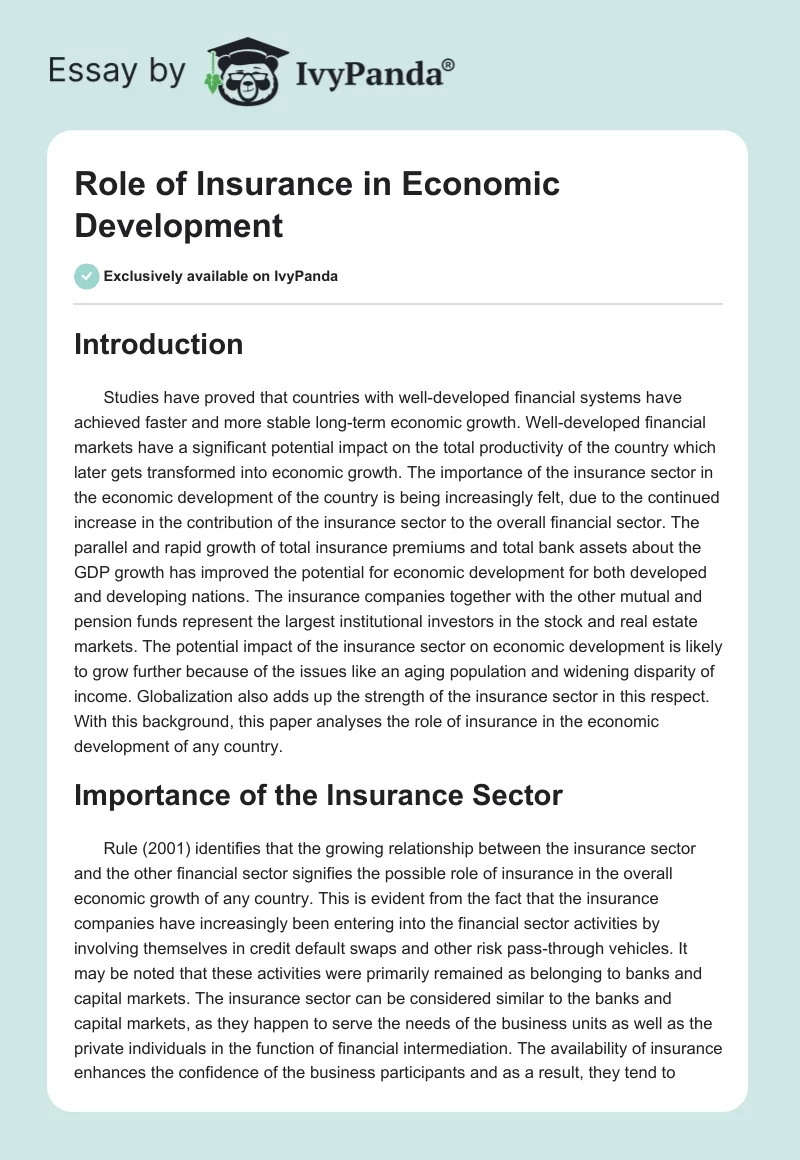Some Known Questions About Pacific Prime.
Some Known Questions About Pacific Prime.
Blog Article
How Pacific Prime can Save You Time, Stress, and Money.
Table of ContentsPacific Prime Fundamentals ExplainedHow Pacific Prime can Save You Time, Stress, and Money.The Ultimate Guide To Pacific PrimeThe 8-Minute Rule for Pacific PrimePacific Prime Fundamentals Explained

This is due to the fact that the data were accumulated for a duration of solid economic efficiency. Of the estimated 42 million individuals who were without insurance, almost concerning 420,000 (about 1 percent) were under 65 years old, the age at which most Americans come to be eligible for Medicare; 32 million were grownups between ages 18 and 65, about 19 percent of all grownups in this age team; and 10 million were youngsters under 18 years old, concerning 13.9 percent of all youngsters (Mills, 2000).
These price quotes of the number of individuals without insurance are produced from the yearly March Supplement to the Present Population Survey (CPS), carried out by the Demographics Bureau. Unless otherwise kept in mind, national quotes of people without medical insurance and proportions of the population with different sort of protection are based on the CPS, one of the most extensively utilized resource of estimates of insurance coverage and uninsurance prices.
The 25-Second Trick For Pacific Prime

Still, the CPS is specifically beneficial due to the fact that it generates yearly quotes reasonably swiftly, reporting the previous year's insurance policy coverage estimates each September, and due to the fact that it is the basis for a constant collection of price quotes for more than two decades, permitting evaluation of fads in coverage with time. For these factors, as well as the extensive use of the CPS in various other researches of insurance policy coverage that are provided in this record, we rely on CPS estimates, with constraints noted.

The price quote of the number of uninsured individuals increases when a population's insurance status is tracked a knockout post for a number of years. Over a three-year duration beginning early in 1993, 72 million individuals, 29 percent of the U.S. https://anotepad.com/notes/23abm5wr. populace, lacked insurance coverage for at least one month. Within a solitary year (1994 ), 53 million individuals experienced at the very least a month without protection (Bennefield, 1998a)
6 out of every 10 without insurance adults are themselves utilized. Although functioning does enhance the probability that and one's family participants will have insurance, it is not a warranty. Also participants of family members with two full-time wage earners have practically a one-in-ten opportunity of being uninsured (9.1 percent without insurance price) (Hoffman and Pohl, 2000).
Pacific Prime Fundamentals Explained
New immigrants make up a substantial percentage of individuals without health insurance coverage. One evaluation has actually attributed a considerable section of the current development in the size of the united state without insurance populace to immigrants who arrived in the nation in between 1994 and 1998 (Camarota and Edwards, 2000). Current immigrants (those who pertained to the USA within the previous four years) do have a high rate of being without insurance (46 percent), however they and their kids account for simply 6 percent of those without insurance policy nationally (Holahan et al., 2001).
The connection in between medical insurance and access to care is well developed, as recorded later on in this chapter. The connection in between health and wellness insurance and health and wellness results is neither direct nor easy, a comprehensive medical and health solutions study literary works links health insurance policy protection to better accessibility to care, better quality, and boosted personal and population wellness condition.
Levels of evaluation for examining the effects of uninsurance. This conversation of health and wellness insurance policy protection concentrates mainly on the U.S. populace under age 65 due to the fact that virtually all Americans 65 and older have Medicare or various other public protection. Furthermore, it concentrates particularly on those with no medical insurance for any size of time.
About Pacific Prime
The troubles dealt with by the underinsured are in some respects similar to those faced by the without insurance, although they are typically much less severe. Wellness insurance policy, nevertheless, is neither essential neither sufficient to gain accessibility to medical solutions. The independent and direct impact of health insurance policy coverage on accessibility to health and wellness services is well developed.
Others will acquire the healthcare they need also without health and wellness insurance, by spending for it out of pocket or seeking it from suppliers who use care free or at extremely subsidized rates. For still others, medical insurance alone does not make certain receipt of care due to various other nonfinancial obstacles, such as a lack of health care service providers in their community, minimal access to transportation, illiteracy, or etymological and social differences.
Get This Report on Pacific Prime
Formal research about uninsured populations in the USA dates to the late 1920s and very early 1930s when the Board on the Expense of Medical Treatment created a series of reports about funding physician office sees and hospital stays. This issue came to be significant as the varieties of medically indigent climbed up during the Great Depression.
Report this page